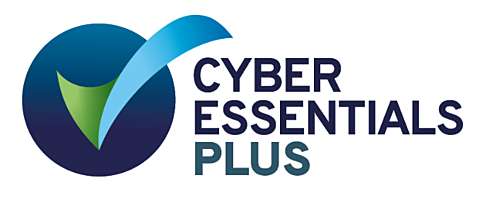Consultant
De-risking administration
3 Sept 2020
De-risking is often discussed by trustees in terms of managing volatility by aligning a portion of the assets with a portion of the liabilities. Reducing risk in administration is about making sure those liabilities are underpinned with greater certainty in terms of record-keeping, calculating, transacting and operating. Essentially, trustees are seeking to maximise the probability that they can meet their fundamental objective to pay the right benefits to the right people at the right time!
At the start of the Covid-19 pandemic, administration shot up the agenda as one of the largest operational risks and certainly the most immediate. There was concern that administrators would not be able to adapt quickly to the new ways of working. In fact, many administrators coped admirably, and most are functioning well in the new environment, but the risks should not be forgotten. De-risking in this area will significantly help your members, including assisting them to make the right decisions for themselves as and when their life events unfold.
Here are a few of brief thoughts to help achieve this:
Engage with your administrator
Put in place an administration governance framework that sets out the roles and responsibilities of those involved in the administration service. This includes regular reporting, service review meetings and agreed performance metrics that assure the Trustee that risk is being managed and that the Trustee’s objectives are being met.
The administration team should be seen as a strategic partner so that decisions made on behalf of members are made with administration processes in mind. A committee with delegated authority could be set-up to achieve this strategic oversight and to interface with the administrator. The administrator should have a seat at the table worthy of their operational importance to the Trustee’s achieving their aims.
Project planning should take into account administration resources, for example, projects may need to be picked up now before lack of capacity hinders the Trustee’s ability to make progress.
Engage with the employer
Employers play a vital role in administration. A key part is the relationship between an employer’s payroll function and the administrator. Trustees can facilitate this interaction by supporting both the employer and administrator in setting up efficient processes with robust controls and by helping the employer to understand its responsibilities in the effective administration of the pension scheme. Pay particular attention to the pensioner payroll as this is the Trustee’s engine to meeting their duty.
Engage with members
Messages need to be provided at the right time and in the right format to assist members. It needs to be easy to engage and that includes the simple things like resetting online passwords as much as large-scale communication campaigns. Understanding members is key. If you haven’t already, consider garnering feedback through member surveys, workshops and member forums to help understand what members need in times of stress, such as in the ongoing global pandemic; this will be particularly so for those losing their jobs and wondering about their retirement options.
Maintain accurate data
Accurate data is integral to not only the administration, but the pension scheme’s ultimate journey plan as well. Inaccurate or incomplete data increases the risk of incorrect benefits being paid, beneficiaries being missed and changes of circumstances not being recorded. Data also impacts on the ability of pension schemes to de-risk in other ways through liability management initiatives. In buy-in or buy-out transactions accurate data is extremely important to the parties on either side of the deal. If you need to do a data cleaning exercise, consider the cost of that as a capitalisation of future data queries as member events occur. It is also usually more effective to try and fill data gaps now rather than later when scheme historical knowledge may become lost. Good data can also lead to more efficient administration and therefore lower fees.
Monitoring critical functions
Correct data is not sufficient to ensure accuracy of administration. Tools and processes used to calculate benefits and populate member communications also need to be tested regularly. Full automation is rarely achieved, so trustees should also be comfortable with the controls in place for manual calculations.
The critical functions will also need to have appropriate oversight and assurance in place, particularly around the payroll and bank accounts. Where there is offshoring in place, it may be appropriate to routinely check security of data in terms of storage, accessibility and in transit; what controls are in place and who owns them?
Where these have not been looked at recently, now is a good time to revisit them. Administrators should have business recovery plans in place; look at these again with fresh eyes following the Covid-19 pandemic, focussing on these critical areas and how they can continue running.
In conclusion
Making sure that the oversight of administration and the controls in place around it are robust is critical in managing risk, identifying issues and delivering quality to the members. Regularly review and test administrator’s practices and operations to assure yourself that these standards are being met or to give yourself the time and opportunity to intervene constructively. Work in partnership with your administrator; they have a strategic role to play in helping trustees meet their prime objective of paying the right benefits to the right people at the right time.


